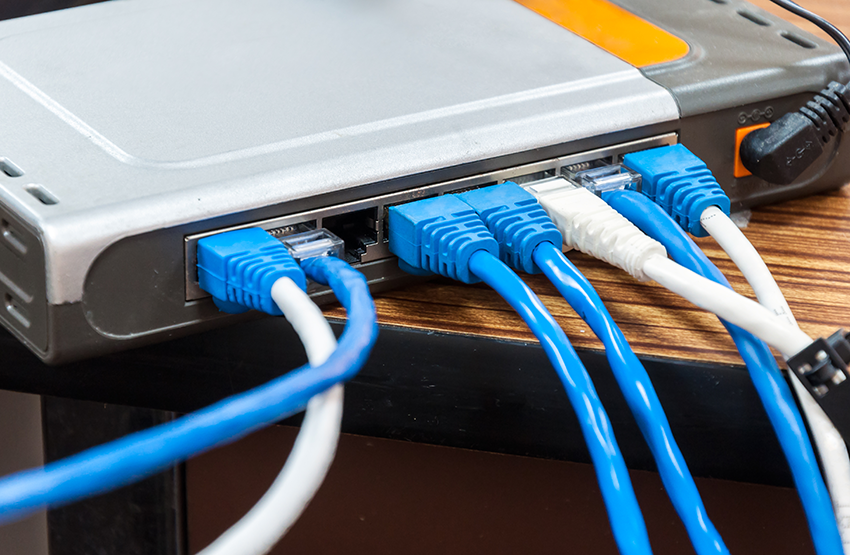With the recent news of router vulnerabilities, we thought it would be an excellent time to provide a few tips for improving your home router security. While nothing is hack-proof in the world we live in, you can take many steps to deter attackers from targeting you. I have arranged this from easy to do, to increasingly technical.
Simple steps to secure your home router
- Create a unique login. Most routers use a default login username such as “admin”, and a password that is usually just “password”. Be sure to change the login information (username and password) to something unique to you. Please note that this is different than your WiFi name and password.
- Create a username and password for your connection (WiFi). Consider changing it from the default to something that is not personally identifiable. Ideally, you DO NOT want your the manufacturer (Netgear. Linksys, etc.) or address as your WiFi name. Choosing WPA2 over WPA or WEP is also advisable. A long passphrase as your password that contains more than 20 characters is important here. REMINDER: you can disable the SSID broadcast so that only users that know your network name can connect. If you plan on having guests, create an entirely different Guest network. It is never advisable to give the credentials to your main connection.
- Avoid using WiFi Protected Setup (WPS). WPS is a nice convenience, but it leaves your WiFi network vulnerable. Malicious actors can use this to attempt connection with a PIN, possibly leaving you open to brute-force attacks.
- Keep router firmware up-to-date. Unlike your computer, your router doesn’t send reminders for new updates. It will be up to you to make sure you’re logging into your router regularly to check for updates.
More complex security tips
- Disable Remote Administrative Access. In addition, consider disabling administrative access over Wi-Fi. An Admin should only be connecting via a wired Ethernet connection.
- Change the default IP ranges. Almost every router has an IP resembling 192.168.1.1 and changing this can help prevent Cross-Site Request Forgery (CSRF) attacks.
- Restrict access via MAC addresses. Your router gives you the capability to specify exactly what devices you want to connect so that others are not permitted. You can usually identify the address of the specific device in the Admin Console of the router.
- Change from the standard 2.4-GHz band, to the 5-GHz band. If the devices you use are compatible, it is generally advisable to make this change. Taking this step will decrease the range of the signal and could stop a potential attacker that is farther away from your router from discovering it.
- Disable Telnet, PING, UPNP, SSH, and HNAP. You can close them entirely, but I generally advise putting them into what is referred to as “Stealth” mode. This stops your router from responding to external communications.
- Log out! This does not just apply to routers, though. You should log out of any website, utility, or console when you are done using it.
These router security tips should help protect your WiFi data from cybercriminals desiring to hinder your online activities.







